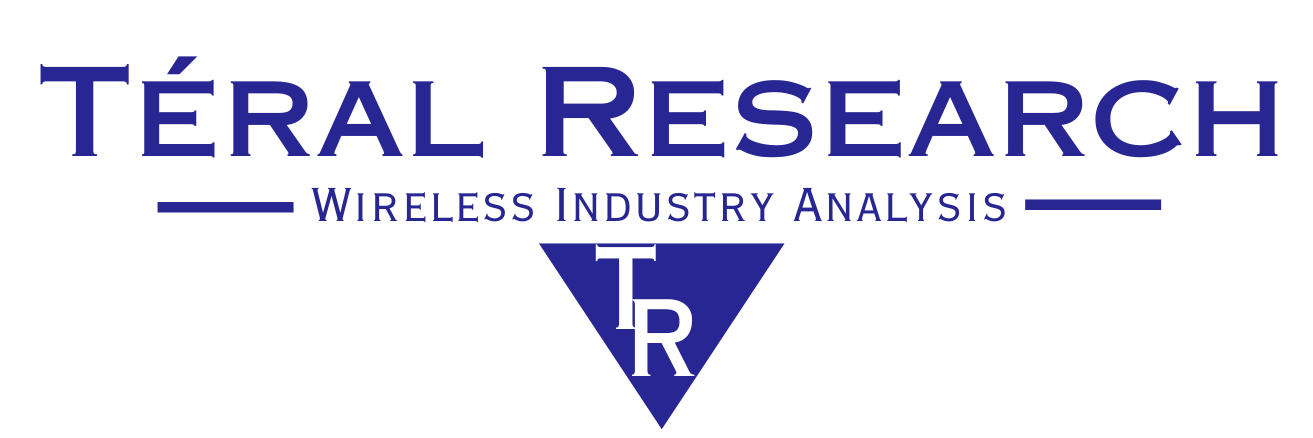Perspectives
February 2025 AI-Driven RAN Webinar
Abstract
While AI for RAN finds its roots in SON, which in the open RAN architecture is morphing into xApps near-Real Time RIC and rApps non-Real Time RIC in the SMO, and is already well established, AI-RAN will come to fruition when the ability to run and manage AI and RAN workloads concurrently becomes mainstream.
Launched in February 2024, the AI-RAN Alliance has the mission to achieve the true AI-RAN vision. On one hand, Arm, NVIVIA and SoftBank successfully demonstrated last year the concept of AI-RAN and argued that it can transform traditional RAN from a cost to a profit center. On the other hand, Microsoft Research proposes an attractive distributed AI platform for 6G RAN that can be implemented in the world’s 3 most common scenarios: proprietary RAN, open RAN, and hybrid RAN. Both AI-RAN architectures introduce the use of GPUs for the first time in RAN history and SoftBank plans to introduce its gRAN (GPU-based RAN) in its mobile network next year.
Factoring in these developments, we created an AI-RAN forecast model that comprises a GPU- based RAN market and an AI for RAN market.
As we embark on the long AI-RAN journey, the current ecosystem is vibrant and revolves around open vRAN and cloud RAN with a plethora of rApps and xApps players, all focused on maximizing RAN efficiencies and therefore executing the AI for RAN agenda. Does the arrival of gRAN present a great challenge to this ecosystem?
The webinar replay and presentation are available to subscribers - please log into your account. If you are not currently subscribed, please contact us.

